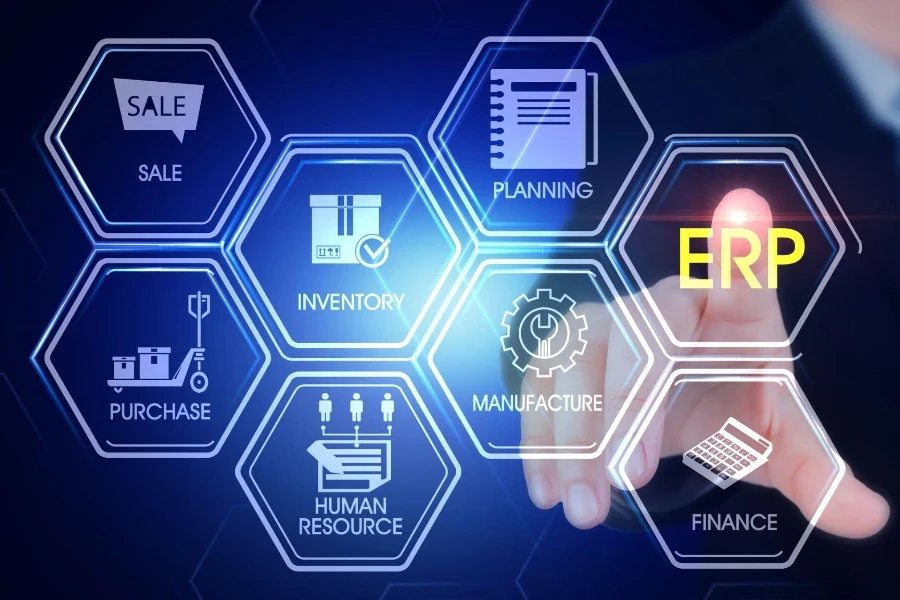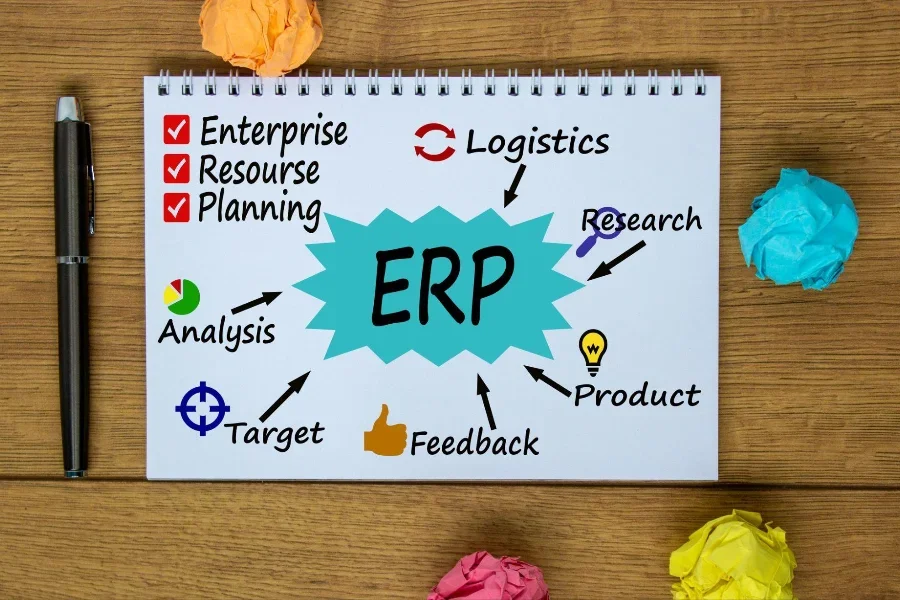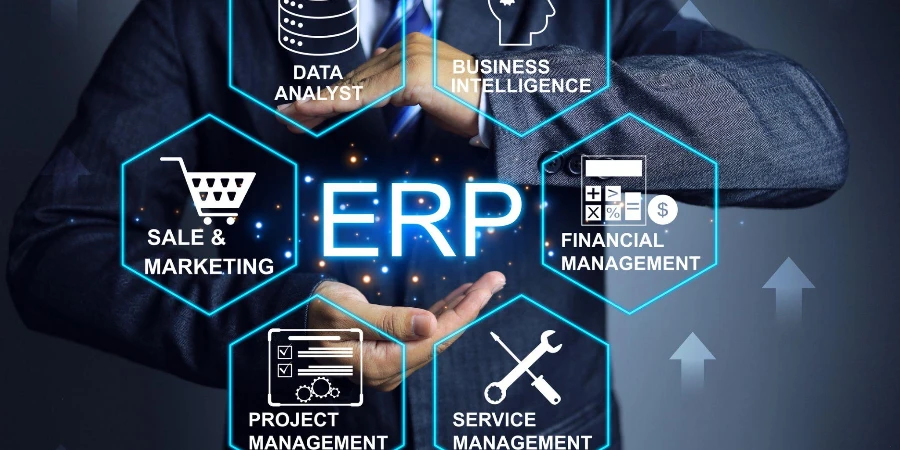In today’s fast-paced business environment, managing resources efficiently is more critical than ever. This is where Enterprise Resource Planning (ERP) comes into play, a software that has transformed the way businesses operate. By integrating various functions like finance, HR, manufacturing, and supply chain into a single system, ERP provides a bird’s eye view of the entire business operation, making it easier to make informed decisions. This article delves into the core of ERP, exploring its key components, benefits, challenges, latest trends, and how it’s reshaping industries.
Table of Contents:
– What is ERP and how does it work?
– Key components of an ERP system
– Benefits of implementing an ERP system
– Challenges in ERP implementation
– The future of ERP: Trends to watch
What is ERP and how does it work?

ERP stands for Enterprise Resource Planning, a term that might seem daunting at first but is essentially about efficiency. At its core, ERP integrates various business processes into a single, coherent system, streamlining operations across an organization. This integration allows for real-time data collection and reporting, improving decision-making and operational efficiency.
Traditionally, departments within a company operated in silos, with their systems and databases. This isolation can lead to inefficiencies, data duplication, and errors. ERP breaks down these silos, fostering a collaborative environment where information flows seamlessly between departments.
The process begins with the implementation of an ERP software that suits the company’s needs. Once deployed, the ERP system becomes the central hub for all business operations, processing transactions and data from every department and presenting it in a unified format. This holistic approach not only saves time but also reduces costs and enhances productivity.
Key components of an ERP system

An ERP system is akin to the central nervous system of an organization, integrating various functions into a cohesive whole. While the specific components can vary depending on the system, there are several key elements common to most ERP systems:
- Finance and Accounting: This module manages the company’s financial transactions, including accounts payable, accounts receivable, budgeting, and financial reporting. It ensures accuracy and compliance with financial regulations.
- Human Resources (HR): The HR module streamlines the management of employee data, payroll, recruitment, and performance evaluation, enhancing the efficiency of HR processes.
- Manufacturing: For manufacturing firms, this component controls production planning, scheduling, inventory management, and quality control, ensuring timely delivery of products.
- Supply Chain Management: This module optimizes the flow of goods and materials from suppliers to customers, improving the efficiency of the supply chain and reducing costs.
Integrating these components into a single system provides a unified view of operations, facilitating better decision-making and strategic planning.
Benefits of implementing an ERP system

Implementing an ERP system can significantly impact a business’s bottom line by enhancing efficiency, reducing costs, and improving productivity. Here are some of the key benefits:
- Improved Efficiency: By automating routine tasks and streamlining business processes, ERP reduces manual labor and eliminates redundancies, freeing up employees to focus on more strategic tasks.
- Enhanced Decision Making: Real-time data provided by ERP systems offers valuable insights into business operations, enabling more informed decision-making and strategic planning.
- Cost Reduction: Through improved efficiency and reduced errors, ERP systems can significantly lower operational and administrative costs.
However, the benefits extend beyond these tangible factors. ERP systems also enhance collaboration and communication across departments, leading to a more cohesive organizational culture.
Challenges in ERP implementation

Despite the potential benefits, ERP implementation comes with its set of challenges. These can range from technical issues to human factors, including:
- Cost and Time Overruns: ERP projects are notorious for exceeding budgets and timelines. This can be due to unforeseen technical challenges or changes in business requirements.
- Resistance to Change: Employees accustomed to legacy systems may resist the new ERP system. Managing this change effectively is crucial for a smooth transition.
- Data Migration: Moving data from old systems to the new ERP system is a complex task that requires meticulous planning to ensure data integrity and accuracy.
Addressing these challenges requires careful planning, clear communication, and strong project management. Despite these hurdles, the long-term benefits of a successful ERP implementation can be substantial.
The future of ERP: Trends to watch

The ERP landscape is constantly evolving, with new trends emerging that promise to further transform business operations. Some of the key trends include:
- Cloud ERP: More companies are moving their ERP systems to the cloud, attracted by the flexibility, scalability, and cost savings it offers.
- AI and Machine Learning: Integrating AI and machine learning into ERP systems can automate complex processes and provide deeper insights into data, enhancing decision-making.
- Mobile ERP: With the rise of remote work, mobile ERP solutions are becoming increasingly important, allowing employees to access critical business information from anywhere.
As these trends continue to develop, ERP systems will become even more integral to business operations, driving efficiency, innovation, and growth.
Conclusion
ERP systems are at the heart of modern business operations, integrating various functions into a single, efficient system. While the implementation can be challenging, the benefits – from improved efficiency to enhanced decision-making – are undeniable. As technology evolves, so too will ERP systems, offering even greater opportunities for businesses to streamline their operations and drive success.”








